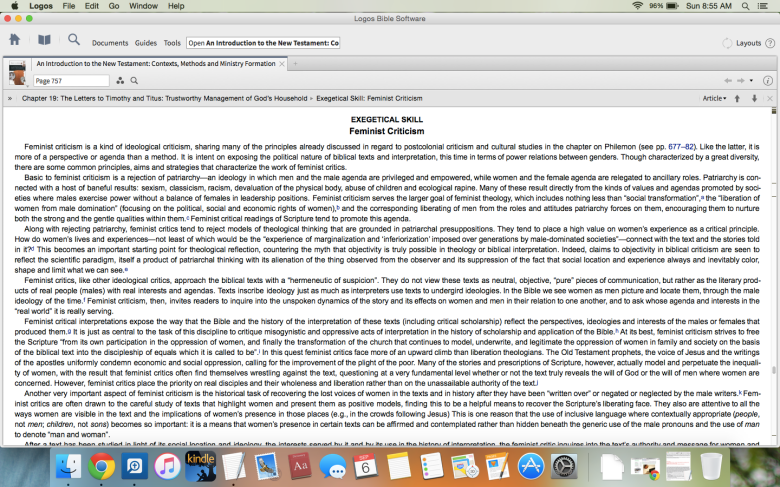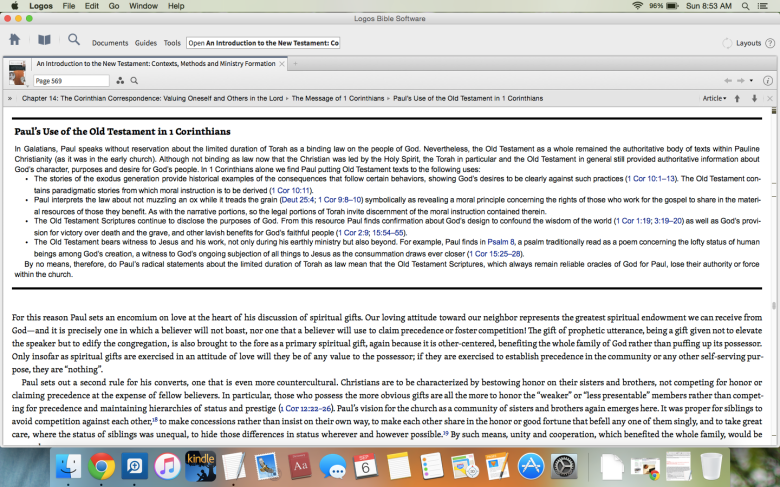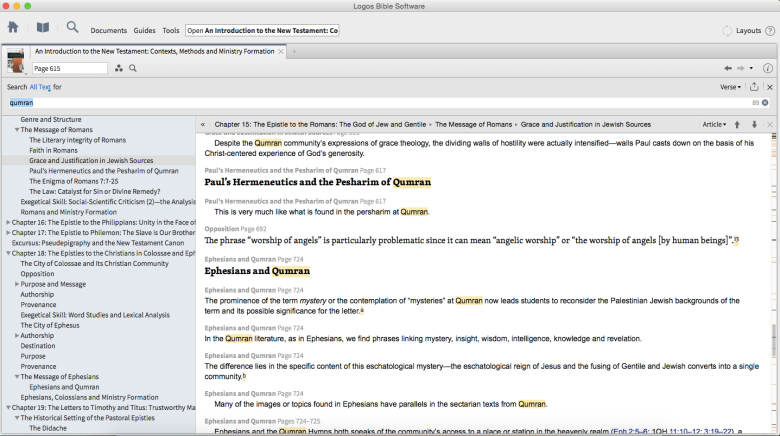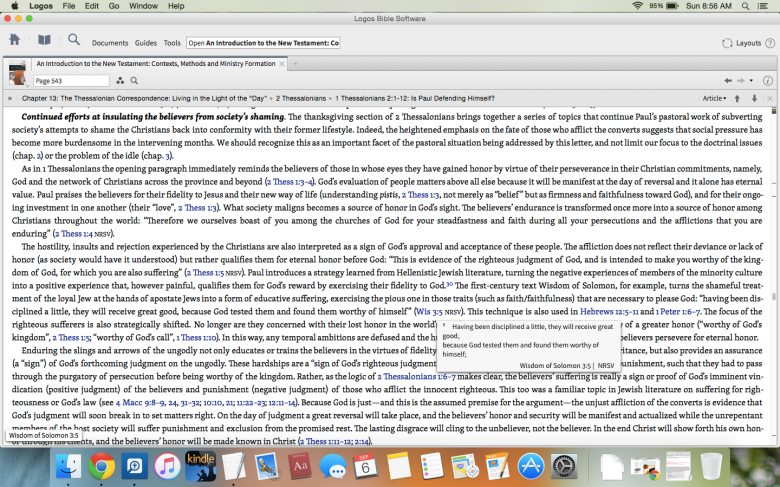David deSilva (who hosts a blog here) has done the church a wonderful favor in writing An Introduction to the New Testament. While many NT introductions are the same deSilva moves through the NT letters thematically, looking at what makes these letters so special. (My longer review can be found here).
Summary
Chapter One is The New Testament as Pastoral Response where deSilva explains how the NT letters were written for the purpose of forming the beliefs and transforming the lives of the new people of God in Christ. They were to explain the working of God the Father, the Son, and the Holy Spirit in the lives of these new believers. Here DeSilva seeks to bring the academy and a devotional reading of Scripture together, where we study the NT in it’s proper time period, it’s culture, and it’s social milieu, but we also realize the accessibility of the God who came down on earth as a man and how he continues to speak to us through his word. DeSilva employs the socio-rhetorical method in his work. He shows his readers how the social web of life influences the writings of the NT letters, and how they are written and aimed at forming and transforming the lives of its readers (through rhetoric).
Chapter Two is about The Environment of Early Christianity. “When the Word became flesh, it did so within a rich matrix of social, cultural, political, economic and religious realities,” and we need to take into consideration “how the Word spoke within the setting of its incarnation” (37). DeSilva brings his readers through the Intertestamental times and up through the 1st century life looking at how they viewed the Torah and the Temple, along with their writings, rulers, and influences. Chapter Three looks at social world of the early church and looks at how the new Christian believers related to one another. Chapter Four brings the readers through the four Gospels and Jesus, defining a Gospel, why all four were written, and what the quests for the historical Jesus can teach us. Chapters Five to Twenty Four cover the 27 NT letters. Chapter 11 is a prologue to Paul’s letters, covering a look at his encounter with Christ, his ministry to the Gentiles, and the challenges of studying his life (and letters). After Chapter 17 (Philemon) there is an Excursus titled Pseudepigrapha and the NT Canon.
In the Exegetical Skill sections, DeSilva’s cues in on a particular interpretive strategy in a NT letter.
Each chapter has quite a few (what I call) Quick Quips. They are a brief look at a confusing or interesting topic within a NT letter.
Each chapter on a NT letter ends with a discussion on Ministry Formation. DeSilva puts a large focus o the church. He doesn’t write merely for academia’s sake, but for the purpose of continuing to help transform God’s people through a better understanding of God’s word.
Why Logos?
This is a perfect book for Logos. While I enjoy the physical book, it’s a pain to carry around (to school, to work, to another country). Yet, it’s weightless on my Mac Air. But maybe you don’t cross continental borders as often as I do, and you’re not worried about fitting books into your suitcase. What other benefits are there?
Searches – Want to know where deSilva talks about the Intertestamental Qumran community? Rather than flipping endlessly for that one reference, you merely just have to search for it (you can also press cmd+F and search each word/phrase one by one).
Hyperlinks – the chapters covered in the Table of Contents, the Maps, the Tables, and the Index of Exegetical Skills are all hyperlinked. Want to find a particular topic but you don’t know the page number? You can search for it, find it in it’s listing, and click it!
Even the Maps are clickable!
Quick Glance
If you look at the screenshot above, you’ll see plenty of references to the letter of Hebrews. Unless you plan to write notes in your Bible, rather than flipping back and forth, you can simply put your cursor over the reference and it will pop up. After a quick read, you can move on to the next one with ease. You can read all of the references with out every trying to scan the pages of your Bible. This isn’t to make you a lazy Bible reader, but to save time in studying for a sermon, a lecture, a research paper, or even your morning devotions (if you read books other than your Bible then).
Recommended?
This is a terrific book to have on Logos, and I highly recommend deSilva’s book. The information given here is both deep and accessible for the scholar and the layman. DeSilva wants the 21st century church to be formed by the NT letters just as the 1st century church was, and this involves a knowledge of the culture leading up to the NT era, the social structure of the people in that era, and the how that comes through our NT letters. Rather than carrying around a stack of books (and this one is huge), you simply need your computer (or iPhone, or iPad). This is a top New Testament Introduction choice for me.
Lagniappe
- Hardcover: 975 pages
- Publisher: IVP Academic (May 8, 2004)
- But-It-Now: Logos
Posts
- Enemies in Philippi
- Money in the Gospel of Luke
- Approval in Matthew
- Mary, Martha, and the Good Portion
- Romans 7, Who Am I?
[Special thanks to those at Logos for allowing me to review this! I was not obligated to provide a positive review in exchange for this book.]









Reblogged this on Talmidimblogging and commented:
Thanks for your extensive review Spencer!
LikeLike
You’re welcome, Vincent. When it comes to Logos I want to make sure everyone can see all the benefits. If I’m able to review more from Logos I’ll try not to make it too repetitive, but since not everyone sees every post, some things will always be there.
LikeLiked by 1 person
Being repetitive; no worries…it’s beneficial 🙂
LikeLike
Wow. Thanks for the review.
LikeLike
You’re welcome!
LikeLiked by 1 person
I appreciate your positive estimation of my work. Thanks. Two years of my life, just about, between those covers (real or virtual)!
LikeLike
You’re welcome. Thank you for your hard work in those two years! I’m impressed that it only took that long. It’s the favorite NT introduction for my wife and I.
LikeLike